Questionhi
I have a 40L tank, set up for 3weeks. within the tank i have gravel, 2artificial plants, a log, a filter and light. A week before adding the fish i noticed the water had become cloudy and slightly green in colour. I removed the plants to check if the dye was discolouring the water, which it wasnt, i also rinsed the gravel and changed the water and added water treatment (aquasafe). This helped but the water had once again become green in colour.
I introduced 4 fish (2red caps, 1blackmoor, 1chinese plec) 2days ago. Today the 2latter fish died suddenly with no apparent symptoms. The plec was found upside-down on the floor of the tank and the blackmoor was floating but not breathing!!! The 2redcaps appear perfectly healthy and v active. I dont understand why some of my fish have died and am v worried i am doing something wrong. The 2redcaps are still in the tank - should i move them? I have been feeding the fish twice a day with a small pinch of tetrafin coldwater flakes, and all the fish appeared to be eating well. Can you please help?! i am v upset - i had just named them all!!!
tar v much
AnswerHi Ros;
The green water is an unfortunate thing that happens in many aquariums. Especially new ones. It is from microscopic free-floating algae called "planktonic algae". There is very little you can do in such a small tank but let it run it's course. It will eventually balance out and go away. In larger tanks or ponds you can use diatom filters and/or UV sterilizers to kill it, but they can be expensive and are really not meant for small tanks. Here are some sites to check out about it to help you if it is still ging on;
http://www.ponddoc.com/WhatsUpDoc/WaterQuality/GreenWater.html
http://www.totallyfish.com/tips/greenwater.html
The most serious problem you have is that there are too many fish to start the tank during break-in as well as the wrong types of fish. Your tank should only have one small fish in it for the first 6 to 8 weeks. This one fish will get the biological balance going without the fish dying from toxins. Until the bacteria that consumes waste get growing in there, fish waste toxins build up and can kill the fish if they get too high. Too many fish = too much toxin. Make a 25% water change right away and do one every day for the next 3 more days to get the toxins down without stressing the fish and without slowing or stopping the break-in period. The break-in must continue for the system to become balanced.
Algae eaters should not be introduced at all until the tank actually has algae growing on surfaces. They can't eat the floating algae and will starve to death or feed on the other fish. Also, chinese algae eaters are not suitable for tanks under 30 gallons (yours is about 10 gallons). Especially not for goldfish tanks. They become very aggressive as they grow and even small ones will suck onto the sides of goldfish and cause injuries. Goldfish have more slime coating than other fish do and chinese algae eaters just love to suck it off the goldfishes' bodies. (yuck) Instead of chinese algae eaters or plecostamus you might consider one or two otocinclus for your little tank. They stay small (under 2 inches) and are very docile. They are also voracious when it comes to algae. Just remember to wait until the tank is finished with break-in before adding anything but the one break-in fish.
Your tank can only support one goldfish. Goldfish are very messy fish that get BIG. As adults they reach a size of 6 to 8 inches, not counting their tails. With their deep bodies they have a massive digestive system that makes lots of waste. Here is more about goldfish and their needs;
http://www.netpets.org/fish/reference/freshref/goldfaq.html
http://www.kokosgoldfish.com/care.html
http://www.flippersandfins.net/goldfishfaq.htm
http://www.petlibrary.com/goldfish/fishcare.htm
Here is my article on new tanks that gives more detailed info on the whole crazy break-in process;
**********
New Tank Syndrome or Break-in Period
So you have a new tank and you filled it up, put the filter together, mounted the heater into place and turned on the lights. You have all the plants and decorations where you want them....
You are ready for fish.
But, your filter is not ready for a full tank of fish yet.
The filter is running and moving the water and cleaning out crud, right? Of course!
But a very important part of your filter is the part you can't see. An aquarium filter removes the larger visible stuff, but it also must remove the dissolved fish waste that turns into ammonia in the water. To do this, special bacteria must grow in the filter system and on the particles of gravel in the bottom of your tank. This process occurs even on a limited scale in little fish bowls that have no filter in them.
This is "New-Tank Syndrome" or the "Break-in Period". The entire process takes 6 to 8 weeks to complete because these "nitrifying" bacteria grow quite slowly.
Start off with only one or two hardy fish (no more than 2 total inches of fish) for every ten gallons of water and don't add more until the 6 to 8 weeks has gone by. Hard to be patient, but it is worth it to keep your fish alive and healthy. As a matter of fact, the bacteria cannot develop without fish in the tank. You can let that tank sit forever without fish in it, but as soon as the first fish goes in the process begins. Avoid changing the filter pads during break-in. This removes the bacterial colonies that are essential to a balanced aquarium. You can rinse the filter pad out in a container of aquarium water. This will preserve most of the bacteria colonies while still allowing your filter to flow freely. Even using bacteria additives and water conditioners when you first set up the tank will not make a tank begin the cycle by itself. If there are no fish to provide food (fish waste) for the bacteria, the beneficial bacteria cultures will die and you will have to start the colonies all over again once fish are added to the tank. Once the tank has completed the initial cycle, you can change the filter pads every 4 weeks or so. But for now, just rinse them.
Feed your new fish VERY lightly. Any excess food will cause additional waste your system cannot afford to have right now. If you see food floating around or lying on the plants and gravel after five minutes, too much food is going into the tank. Cut back a little each time you feed until it is ALL gone 5 minutes after you feed them. Feed them once a day.
During this "break-in period" your tank will become cloudy and milky looking. You may have to tolerate this for the entire break-in period but it is only temporary. Changing 25% of the water three times a week until the break-in period is over helps a great deal. Changing water reduces the ammonia and nitrites that rise while the bacteria continues to multiply. If ammonia and/or nitrites become too high, your fish will become stressed and possibly die. Use a good water conditioner when you replace the water and make sure it is the right temperature to avoid shocking your fish.
When the break-in is over after 6 to 8 weeks and there are no nitrites or ammonia present in the water you can slowly add more fish. Add one or two every week until you reach the desired population. This allows the bacteria to adjust to the new population every time before adding more. Monitor the nitrites and ammonia to be sure they don't come up. If they do, make a 25% water change and check them again. Don't add the next fish until the levels are down again.
The safe maximum population for any size tank is one inch of adult fish for every gallon of water in the tank. Do some research to be sure of the fish you are interested in. Even though they are small when you buy them, you have to base your population calculations on full-sized adult fish. Many hobbyists have up to two inches per gallon but this can be risky. If a water quality issue arises or a disease occurs it will spread fast and furious in an over-populated tank. In any case, 25% water changes every week to two weeks are absolutely essential for the health of your fish.
Following these guidelines will help you get your new tank on the right track.
**********
At Your Service;
Chris Robbins
Come on over and join us on the freshwater fish forum at About.com to get even more information too;
http://freshaquarium.about.com/od/questionsanswers/a/naavigateforum.htm

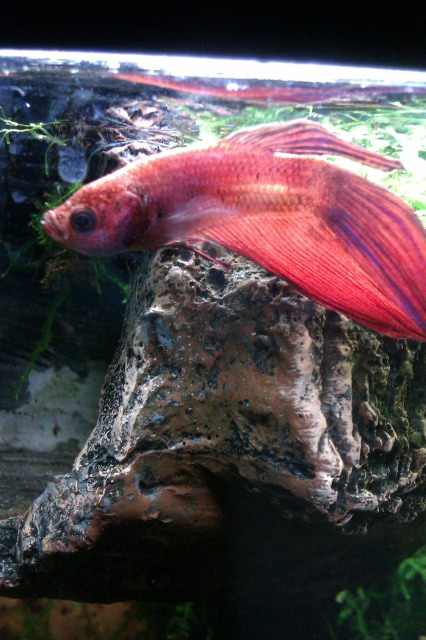 Betta Health Issues
Question
Close-up of betta whole body shot
Betta Health Issues
Question
Close-up of betta whole body shot
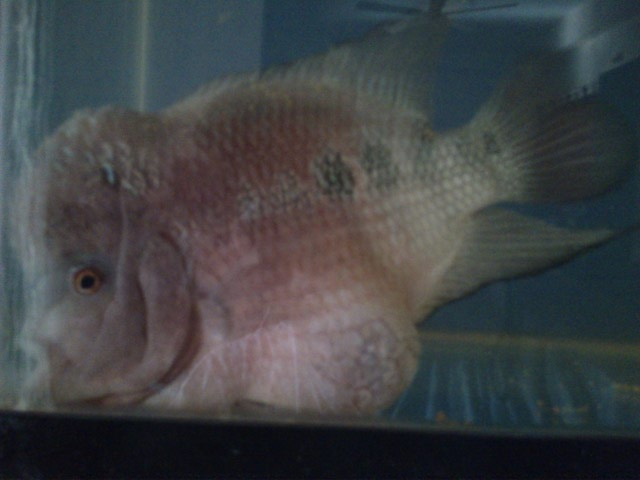 Dropsy, Bloated Stomach
Question
Flower Horn Flower Horn
Hello,
My
Dropsy, Bloated Stomach
Question
Flower Horn Flower Horn
Hello,
My
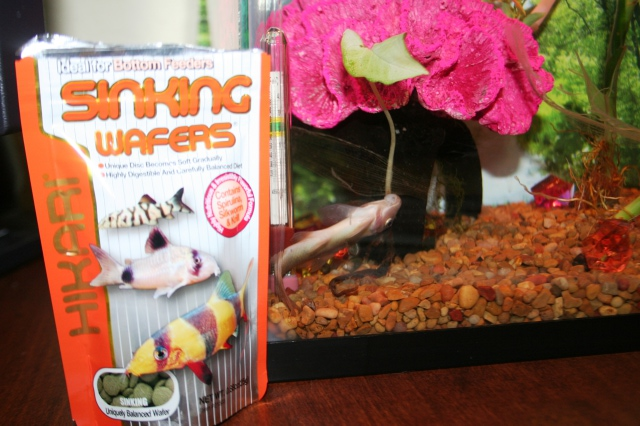 Chinese Sucker fish is sick!
Question
Chinese Suckerfish
4 fish in the 5 gall
Chinese Sucker fish is sick!
Question
Chinese Suckerfish
4 fish in the 5 gall
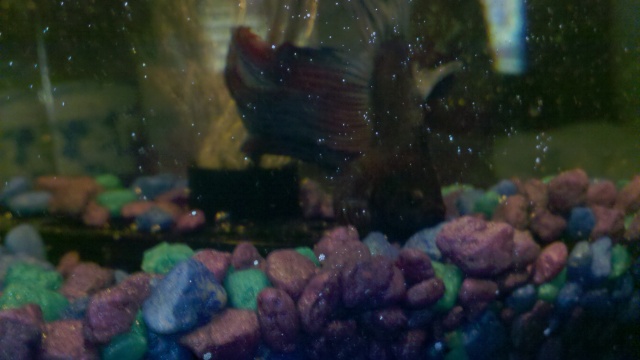 betta pregnancy
Question
betta
I had my female betta in a 50 gallon fis
betta pregnancy
Question
betta
I had my female betta in a 50 gallon fis
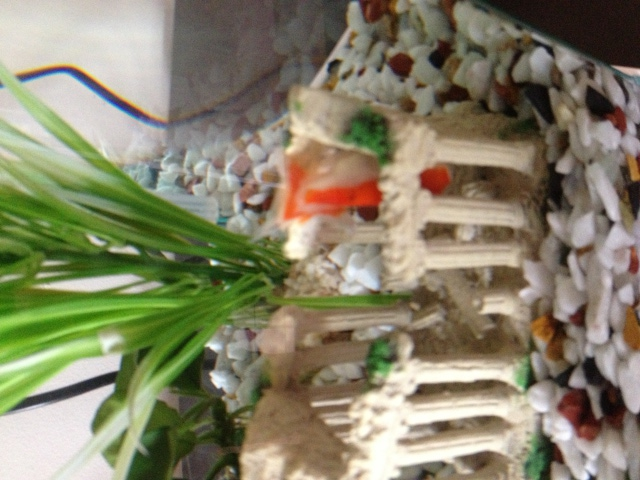 Poorly goldfish
Question
Fish
Hi I bought a goldfish four days a
Poorly goldfish
Question
Fish
Hi I bought a goldfish four days a